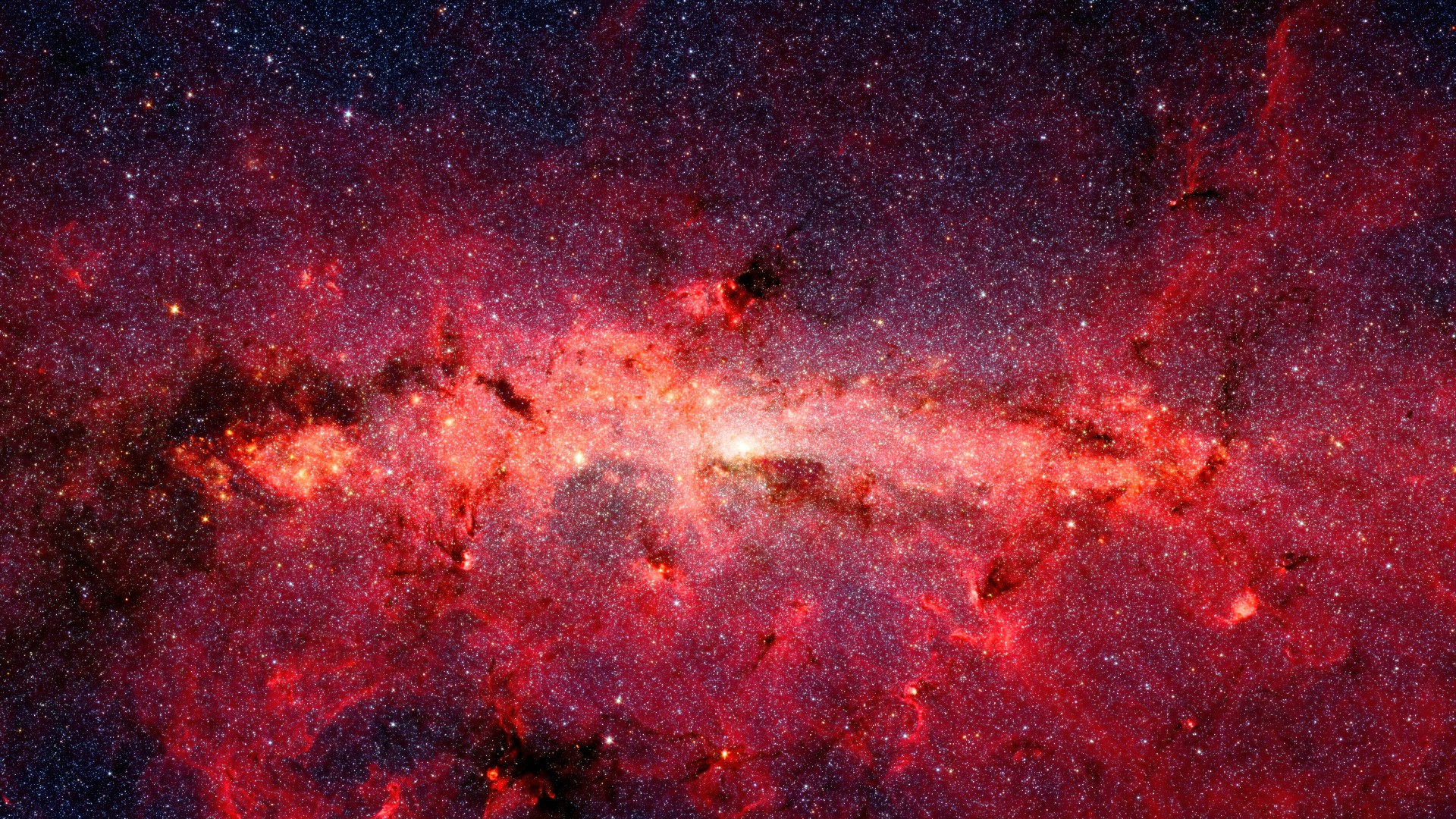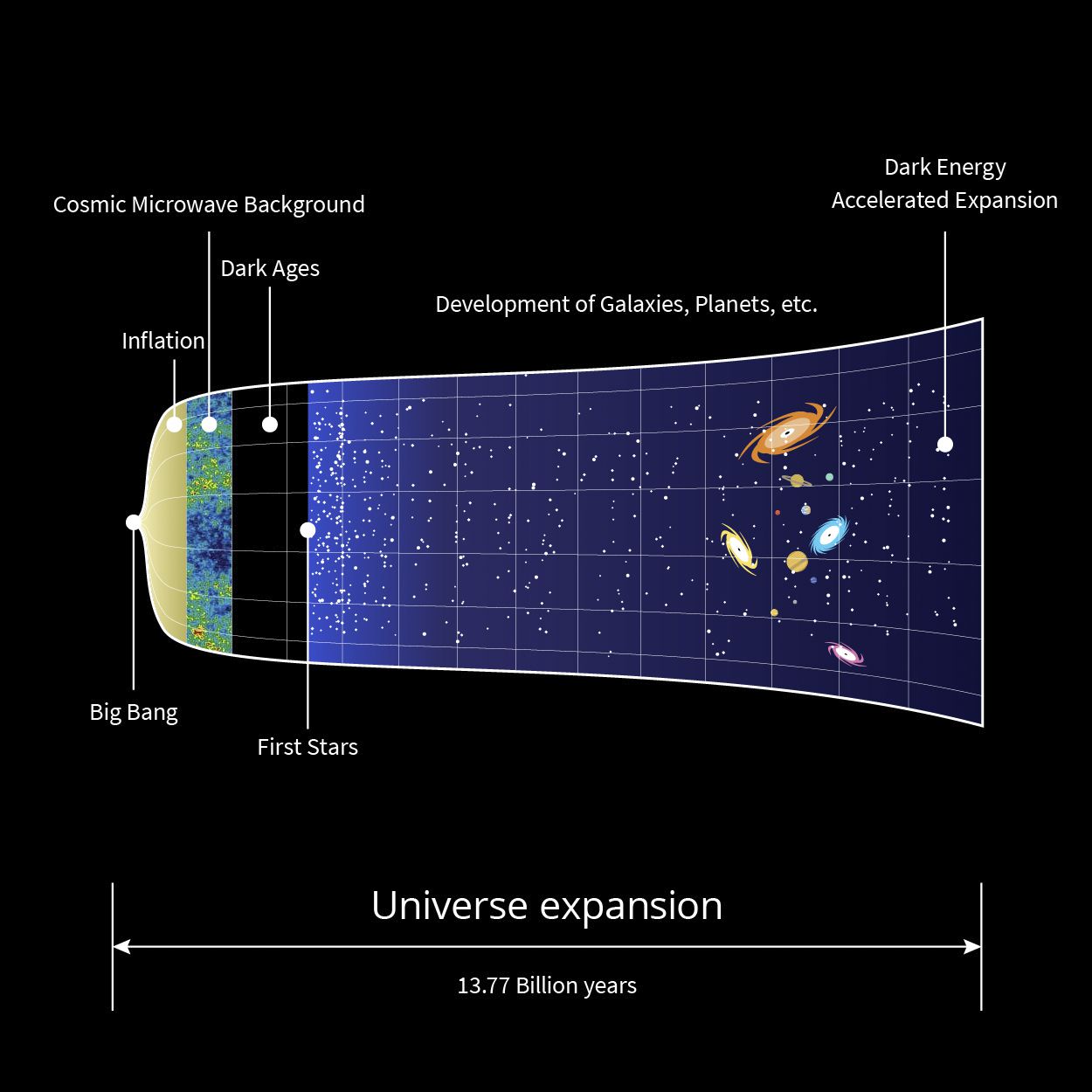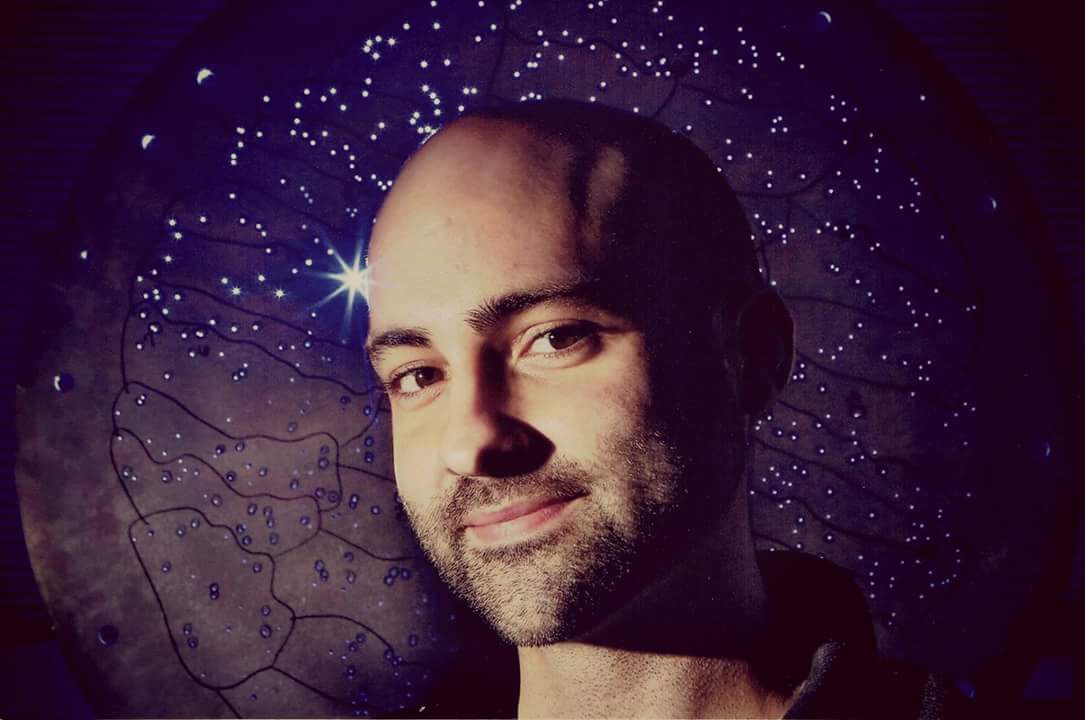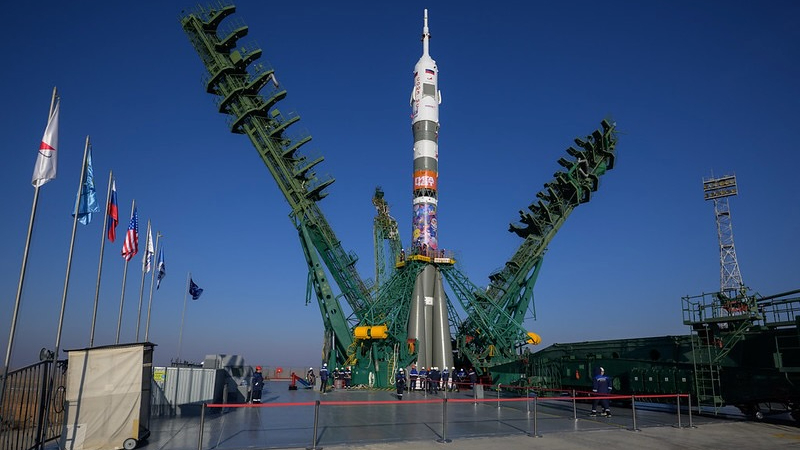
Is the universe infinite, or does it have a limit?
If the universe is expanding, then what is it expanding into, and what is it expanding from?

After a century of observations spanning the breadth of the cosmos and theoretical insights that push humanity's vision of the universe to its utmost limits, we can finally, confidently say that the universe is infinite.
Or not. It's complicated.
Let's start with something we can say for certain: We live in an expanding universe. But if the universe is expanding, then what is it expanding into? And what is it expanding from? Where's the edge of the universe, and where is its center?
It's easy to imagine an expanding universe, and there are plenty of analogies to help guide our thinking. We can imagine drawing little galaxies on the surface of a balloon and inflating that balloon to see the galaxies getting farther apart. We can imagine baking a loaf of bread with raisins in it and seeing how, as the bread rises, the raisins get farther apart.
But the balloon has both a center and an edge. And the bread has a center and a crust. So where's the center of the universe, and where is its edge?
Here's the uncomfortable answer: The Big Bang has no center, and it has no edge. How can this make any sense?
Let's start with the center. Where did the Big Bang start? Right here. And right over there. And in the next galaxy over. The Big Bang happened everywhere, all at once. It had to happen everywhere, because everywhere is, by definition, part of the universe. It was not an explosion that occurred somewhere in space. It was an explosion of space — when the expansion of the universe first got started. It was not a place but a time.
Breaking space news, the latest updates on rocket launches, skywatching events and more!
Now what about the other side of the coin? If the universe is expanding, what is it expanding into? Where's the crust in our expanding loaf of bread, and what's the oven we're sitting in?

This is going to get weird. I don't even want to say something like "the universe isn't expanding into anything," because that still conjures up the wrong mental image. It's too tempting to imagine a wall or boundary, with galaxies and stuff on one side and nothingness on the other, with the universe expanding to fill that nothingness.
But that's wrong. Even the vacuum of space is something. There are still points, locations and existence. There's no "outside" of the universe because "outside" implies existence, even an empty one. But the universe is, by definition, all there is. There is nothing to physical reality except the universe. Walls separate one region from another, but the universe comprises all of the regions simultaneously.
If there were an edge, you could imagine working hard enough to get outside that edge. But that's not possible. There is no outside; there is no side. There is just the universe.

Paul M. Sutter is a cosmologist at Johns Hopkins University, host of Ask a Spaceman, and author of How to Die in Space.
You must confirm your public display name before commenting
Please logout and then login again, you will then be prompted to enter your display name.
